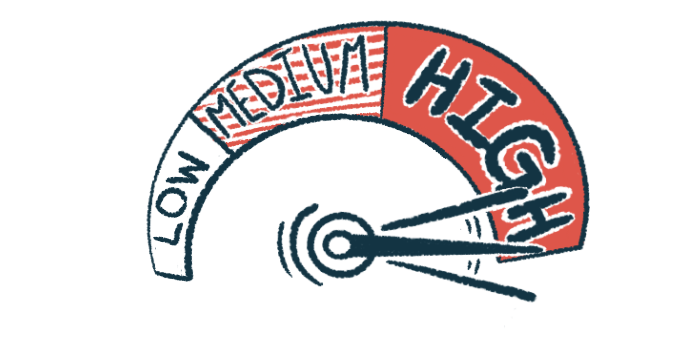Menopausal hormone therapy linked to higher risk of sarcoidosis
Highest risk seen in women receiving estrogen orally or on their skin

Menopausal hormone therapy (MHT) is linked to a 25% higher risk of developing sarcoidosis, according to a recent study in Sweden.
The therapy consists of administering sex hormones, either estrogen alone or an estrogen and progesterone combination, to treat common menopausal symptoms such as “hot flashes.”
The highest risk (a 51% increased risk) is seen in women receiving estrogen administered systemically, meaning it’s taken by mouth or applied to the skin, according to the study “Menopausal hormone therapy and risk of sarcoidosis: a population-based nested case–control study in Sweden,” published in the European Journal of Epidemiology.
Sarcoidosis is marked by an overactive immune system that leads to the formation of small clumps of inflammatory cells, called granulomas, in different organs, typically the lungs, impairing their function.
Incidence of sarcoidosis peaks in women between 50 and 60 years old
The disease incidence peaks in women between 50 and 60 years old, which coincides with menopause, when there is a significant decrease in sex hormone levels. This suggests that certain sex hormones, mainly estrogen, may play a role in the development of the disease.
Previous studies have reported menopausal hormone therapy may increase the risk for sarcoidosis by 20% to 40%. However, due to some limitations in these studies, it “remains unclear whether exposure to MHT is associated with sarcoidosis and whether the risk varies between estrogen alone and combined estrogen-progestogen,” the researchers wrote.
In this study, researchers analyzed data from 2,593 women newly diagnosed with sarcoidosis from the Swedish National Patient Register, and 20,003 matched controls from the general population. Both case and control participants were an average age of 58 years and were comparable in terms of country of birth, education, and number of births.
Compared with controls, women living with sarcoidosis were more likely to have a lower income (40.2% vs. 35.0%), have 365 days (one year) or more on sick leave and disability pension (10.5% vs. 9.0%), and have a family history of sarcoidosis (3.1% vs. 1.1%).
Our findings suggest that a history of MHT use is associated with higher risk of sarcoidosis, and women receiving estrogen administered systemically have the highest risk.
Longer time on menopause hormone therapy found in sarcoidosis patients
Moreover, a larger proportion of patients than controls had a history of MHT use (28.9% vs. 24.2%), and used local estrogens only (15.4% vs. 12.6%). Moreover, the mean MHT duration was higher in sarcoidosis patients (8.1 vs. 6.8 months).
Women who used MHT had a 25% higher risk of developing sarcoidosis, compared with those who never used such therapies. When considering the type of MHT used and the route of administration, systemic estrogen administration was associated with the highest risk for sarcoidosis — 51% higher than in never-users — followed by local estrogen through vaginal products (25% higher), and systemic estrogen-progestogen combined (12% higher).
Moreover, women treated with both systemic and local treatments had the highest risk of sarcoidosis (47%) compared to those who received only one type of administration.
Those treated with MHT for less than a year had a 31% increased risk of sarcoidosis, while those treated for a year or more had a 21% increased risk.
While the risk estimates did not change considerably after excluding women receiving MHT for non-menopausal indications, they were slightly higher in women who were smokers or obese.
Overall, “our findings suggest that a history of MHT use is associated with higher risk of sarcoidosis, and women receiving estrogen administered systemically have the highest risk,” the researchers wrote.
Estrogens shown to modulate pathways involved in sarcoidosis development
The exact mechanisms by which MHT increases the risk of developing sarcoidosis have not been identified, considering estrogens have shown contradictory anti- and pro-inflammatory effects on the immune system. Estrogens have also been shown to modulate pathways involved in the development of sarcoidosis.
Regarding the lower risk for patients taking estrogen-progesterone MHT, the researchers speculate that it may be related to progesterone’s anti-inflammatory effects, which may counteract some of the inflammatory effects of estrogen. Additionally, progesterone is known to inhibit a pathway involved in the development of sarcoidosis.
Despite the identified risks, around 20% of the cases of sarcoidosis among women using MHT can be attributed to the therapy. Moreover, considering the significant benefits of MHT on vasomotor symptoms (such as hot flashes and night sweats), bone density preservation, and potentially reduced cardiovascular risks, the decision to initiate the therapy should be made on a case-by-case basis, the researchers wrote.








